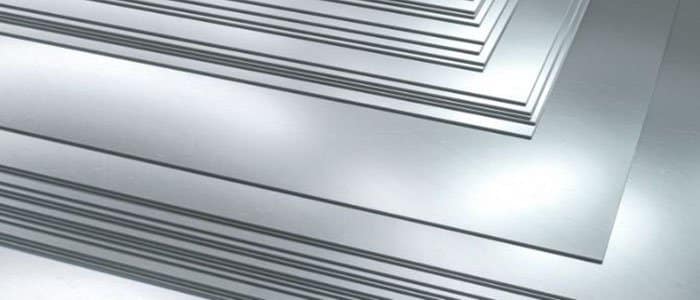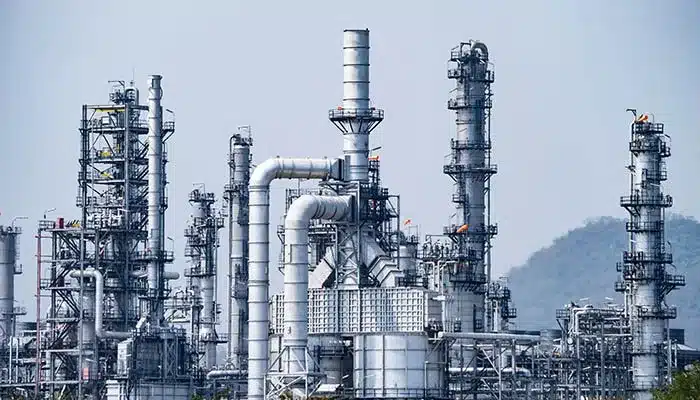In the demanding world of industrial engineering and manufacturing, material selection is paramount. When facing extreme environments characterized by high temperatures, aggressive corrosion, or immense pressure, standard materials often fall short. This is where high-performance nickel-iron-chromium alloys, like Incoloy, take center stage.
But what exactly is an Incoloy alloy? How does it differ from its famous cousin, Inconel? And which specific grade is right for your project?This guide will explain Incoloy alloys. You will learn about their composition, properties, common types, and real-world uses.
What is an Incoloy Alloy?
Incoloy is a family of austenitic nickel-iron-chromium alloys. Their performance is a direct result of their controlled chemical composition, which typically includes:
- Nickel (Ni):The principal element, providing a stable austenitic structure and resistance to corrosion in both reducing and oxidizing environments.
- Chromium (Cr):Essential for resistance to oxidizing media and high-temperature oxidation.
- Iron (Fe):A major component, which differentiates it from many nickel-based superalloys and can influence cost.
The specific properties of each Incoloy grade are further defined by the addition of elements like molybdenum (Mo), copper (Cu), and nitrogen (N). These alloying elements are added to enhance resistance to specific types of corrosion, such as pitting and crevice attack in chloride environments.
Key Properties of Incoloy Alloys
The utility of Incoloy alloys stems from their combination of mechanical and chemical properties.
1. Corrosion Resistance
This is a primary characteristic of the Incoloy family. They are designed for use in both oxidizing and reducing corrosive media. Specific grades offer resistance to:
- Acidic Environments:Such as sulfuric and phosphoric acids.
- Localized Corrosion:Resistance to pitting and crevice corrosion, particularly in chloride-containing solutions.
- Stress-Corrosion Cracking (SCC):A common failure mode for many stainless steels.
2. High-Temperature Strength and Stability
Incoloy alloys retain their mechanical strength and resist oxidation at elevated temperatures, with some grades performing continuously up to approximately 1200°C (2200°F). This makes them suitable for furnace components, heat exchangers, and gas turbine parts.
3. Mechanical Properties
They provide a balance of high tensile strength and creep-rupture strength, ensuring structural integrity under sustained loads at high temperatures.
Common Types of Incoloy Alloys and Their Uses
The Incoloy family includes several grades, each formulated for specific applications.
Incoloy 800 / 800H / 800HT
- Nominal Chemical Composition:~30-35% Ni, ~19-23% Cr, ~39.5% min Fe, with controlled carbon and aluminum/titanium for the H and HT grades.
- Key Feature:A general-purpose alloy with good strength and resistance to oxidation and carburization at high temperatures.
- Typical Applications:Heat-treating equipment, petrochemical furnace tubing, and superheater tubes in power plants.
Incoloy 825
- Nominal Chemical Composition:~38-46% Ni, ~19.5-23.5% Cr, ~22% min Fe, with significant additions of ~2.5-3.5% Molybdenum and ~1.5-3.0% Copper.
- Key Feature:The addition of molybdenum and copper provides resistance to both reducing and oxidizing acids.
- Typical Applications:Chemical processing equipment, pollution control systems, acid production, and offshore oil and gas pipelines.
Incoloy 925
- Nominal Chemical Composition:~38-46% Ni, ~19.5-23.5% Cr, ~22% min Fe, with ~2.5-3.5% Molybdenum and ~1.5-3.0% Copper, plus additions of ~2.75-3.50% Titanium and ~0.15-0.50% Aluminum for age hardening.
- Key Feature:An age-hardenable alloy that combines the corrosion resistance of Incoloy 825 with higher strength levels.
- Typical Applications:High-strength fasteners, pump and valve shafts, and downhole components in the oil and gas industry.
Incoloy vs. Inconel: A Technical Comparison
While both are nickel-based alloys, their composition and primary design functions differ.
| Feature | Incoloy Alloys | Inconel Alloys |
| Primary Composition | Nickel-Iron-Chromium | Nickel-Chromium |
| Iron Content | Higher | Lower |
| Design Focus | Superior corrosion resistance in specific chemical environments; good high-temp strength. | Superior high-temperature strength and creep resistance. |
| Typical Use Case | Chemical processing, marine environments. | Gas turbines, jet engines, high-heat applications. |
In summary: Inconel is generally specified for applications where high-temperature strength is the primary concern. Incoloy is often chosen for its resistance to aggressive chemical corrosion.
Applications Across Industries
The properties of Incoloy alloys make them suitable for various sectors:
- Chemical Processing:Reactors, heat exchangers, and piping.
- Oil & Gas:Downhole tools, pipelines, and offshore platform components.
- Power Generation:Boiler and heat exchanger tubing.
- Marine Engineering:Seawater cooling systems and pump shafts.
- Heat Treatment:Furnace components and fixtures.
Conclusion
Incoloy alloys provide a combination of corrosion resistance, high-temperature stability, and mechanical strength required in many industrial applications. Choosing the right grade is important. For acid resistance, use Incoloy 825. For high strength, use Incoloy 925. This choice helps ensure the component works well and lasts a long time.




